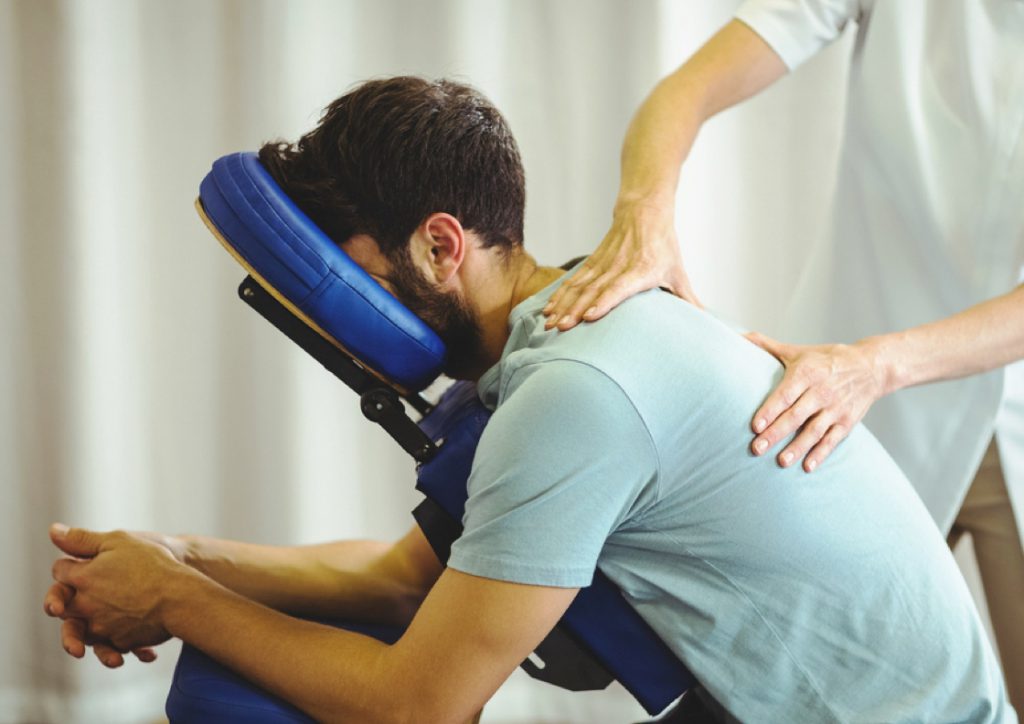Sports are an exhilarating way to stay active, push limits, and foster camaraderie. However, many high-impact and even non-contact sports come with inherent risks, especially to the neck. The cervical spine is a critical yet vulnerable part of the body, and injuries in this area can have severe consequences. For athletes, understanding the risks and learning how to prevent neck injuries is vital for staying safe while excelling in their sport.
This blog explores the causes of neck injuries in sports, prevention strategies, and the importance of proper training and treatment, ensuring athletes remain safe and healthy.
Understanding Neck Injuries in Sports
Anatomy of the Neck and Its Vulnerability
The cervical spine comprises seven vertebrae (C1–C7) and supports the head, protects the spinal cord, and facilitates neck movement. Its flexibility makes it prone to injuries, particularly in high-impact sports where sudden jolts or collisions are common.
Common Neck Injuries in Sports
- Cervical Sprains and Strains
Overstretching or tearing ligaments and muscles in the neck can lead to sprains and strains, often caused by sudden impact or repetitive motion. - Cervical Fractures
A cervical fracture involves a break in one of the neck vertebrae, often resulting from severe collisions, falls, or improper techniques. Such injuries require immediate attention and, in severe cases, surgery for proper treatment. The treatment of cervical fracture involves rest, physical therapy, or surgical intervention, depending on the severity.
High-Risk Sports
- Contact Sports: Rugby, football, and wrestling pose significant risks due to frequent physical collisions.
- Non-Contact Sports: Activities like gymnastics, diving, and cycling can also lead to neck injuries from improper landings or falls.

Causes of Neck Injuries in Sports
Understanding what leads to neck injuries is key to prevention:
- Collisions: Sports like rugby and wrestling involve frequent physical contact, which can result in sudden jolts to the neck.
- Improper Techniques: Incorrect tackling in football or unsafe landings in gymnastics can stress the cervical spine, leading to injuries.
- Falls and Accidents: Cycling crashes or diving mishaps often result in significant force being applied to the neck.
- Weak Muscles and Lack of Preparation: Poor conditioning can leave the neck unable to handle the stresses of intense sports activities.
Preventive Measures for Athletes
1. Proper Training and Technique
- Learn Safe Techniques: Professional coaching ensures athletes adopt safe and effective techniques. For example, rugby players should avoid head-first tackles, and gymnasts should master proper landing skills.
- Regular Drills: Practising techniques repeatedly builds muscle memory, reducing the likelihood of errors that can cause injuries.
2. Strengthening Neck Muscles
- Targeted Exercises: Incorporate neck bridges, resistance band stretches, and isometric exercises to build neck strength.
- Full-Body Fitness: A strong core and overall conditioning enhance stability, supporting the cervical spine during strenuous activities.
3. Use Protective Gear
- Helmets and Neck Guards: Sports like cycling, football, and rugby require helmets and guards to protect against impact.
- Proper Fit: Ill-fitting gear can compromise protection. Ensure equipment is tailored for each athlete.
4. Follow Rules and Regulations
Immediate Response to Neck Injuries
Recognising Symptoms
Early detection of neck injuries is essential. Common signs include:
- Severe pain or stiffness in the neck.
- Numbness or tingling in the arms or legs.
- Weakness or difficulty moving the neck.
On-Field Management
- Stabilise the Neck
Avoid moving the injured athlete to prevent further damage. Use a neck brace or stabiliser if available. - Call for Medical Help
Immediate assistance from medical professionals is crucial, particularly for suspected fractures.
Seeking Professional Help
Consulting experts such as the best spine surgeon ensures accurate diagnosis and tailored treatment plans. Specialists in spine care provide the expertise needed to address complex neck injuries effectively.
Treatment and Recovery
Treatment Options
- Non-Surgical Treatments
- Rest and Immobilisation: Using braces or collars to stabilise the neck.
- Physical Therapy: Restoring mobility and strengthening muscles post-injury.
- Surgical Interventions
In cases of severe cervical fractures, surgery may be necessary to repair or stabilise the spine. The treatment of cervical fracture often involves spinal fusion or the insertion of rods and screws.
Rehabilitation
- Physiotherapy: Helps regain strength, flexibility, and mobility.
- Gradual Return to Sport: Athletes should follow a step-by-step process to safely resume activities under professional guidance.
Resources for Athletes in India
Finding Specialists
Accessing qualified spine specialists is essential for effective treatment and recovery. The best spine surgeon in Rajkot offers exceptional care for spine-related conditions, including injuries and chronic issues. These professionals utilise advanced techniques and personalised treatment plans to ensure optimal outcomes for patients. Whether addressing acute pain or long-term spinal health, seeking specialised care from trusted providers in the region can significantly improve overall well-being and enhance recovery.
Support Networks
- Sports Associations: Organisations that focus on athlete welfare and injury prevention.
- Rehabilitation Centres: Facilities equipped with advanced tools and therapies for sports recovery.
Encouraging a Culture of Safety
Education and Awareness
Coaches, athletes, and organisers must prioritise training in safety protocols. Awareness campaigns can highlight the importance of neck protection in sports.
Innovation in Equipment
Advances in helmet and neck guard technology can significantly reduce the risk of cervical injuries.
Rule Enforcement
Strict adherence to rules ensures safer gameplay and reduces the likelihood of accidents.
Conclusion
Preventing neck injuries in sports requires a combination of awareness, proper techniques, and the right equipment. Athletes must prioritise strengthening exercises and adhere to safety rules to minimise risks. In cases where injuries occur, immediate response and access to the best spine surgeon in Rajkot or other qualified specialists are critical for recovery.
At IndoSpine Hospital, we are committed to providing world-class care for athletes, ensuring a safe and effective recovery from neck injuries. By taking proactive measures, athletes can focus on excelling in their sport while protecting their health. Remember, prevention is always better than cure—stay safe, train smart, and play with confidence!